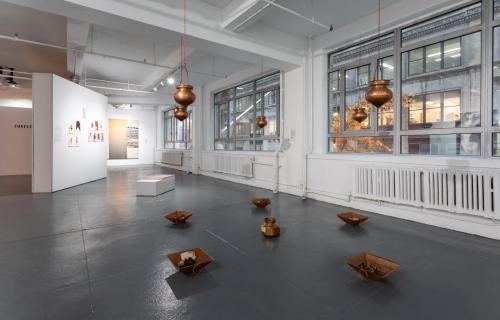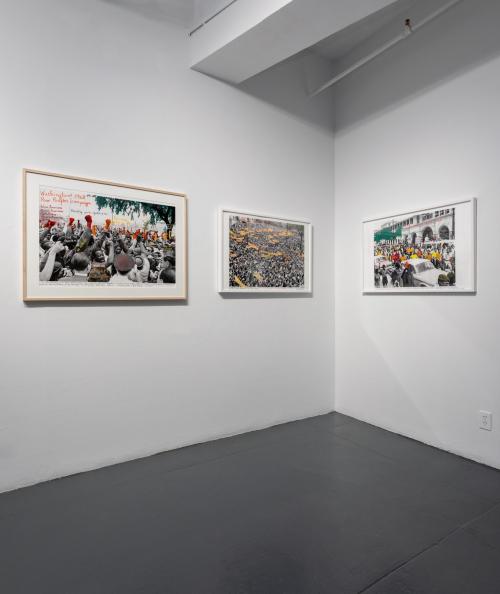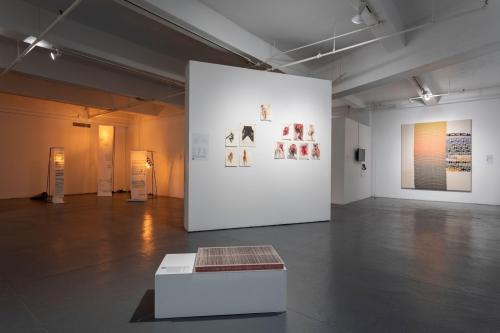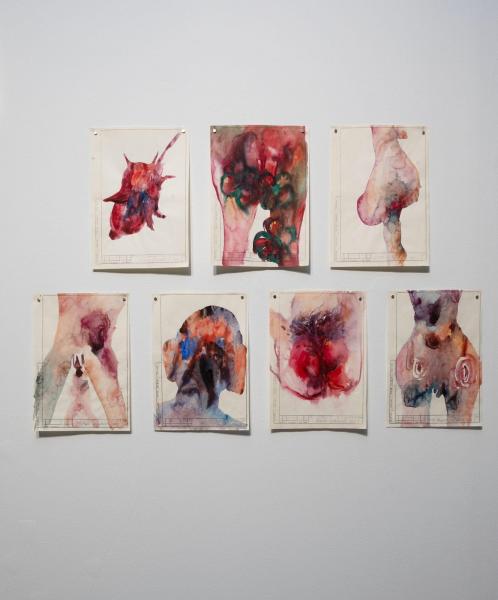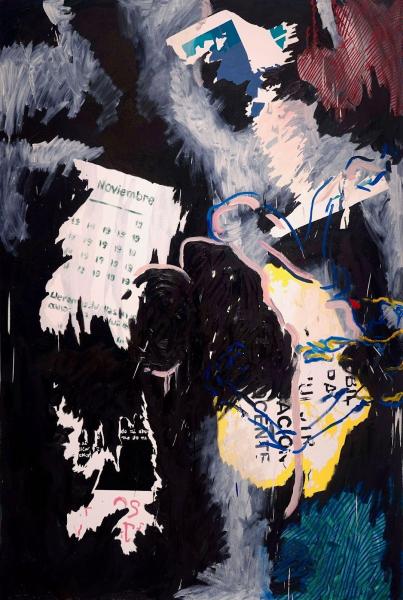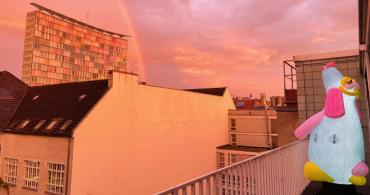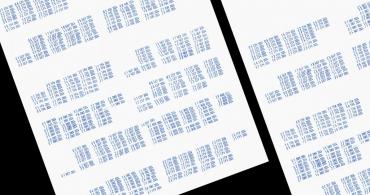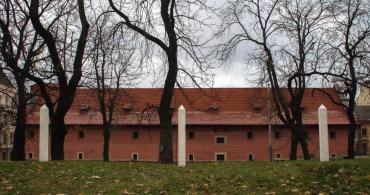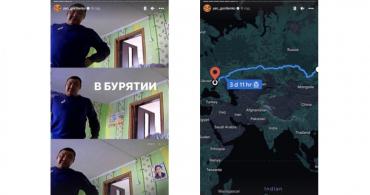By Emireth Herrera Valdes and Kaitlin Anne Vervoort
Conflictual Distance features eleven artists whose works offer insights into sociopolitical events across diverse countries and their subsequent processing. Despite variations and geographical distances, the depicted activism, resistance, and resilience collectively empower these societies, transcending differences. Curators Bianca Abdi-Boragi, Katherine Adams, and Anna Mikaela Ekstrand designed an exhibition space that fosters an appreciation for the diverse perspectives and viewpoints of each artist, thoughtfully considering the cultural nuances tied to their ethnicity.

